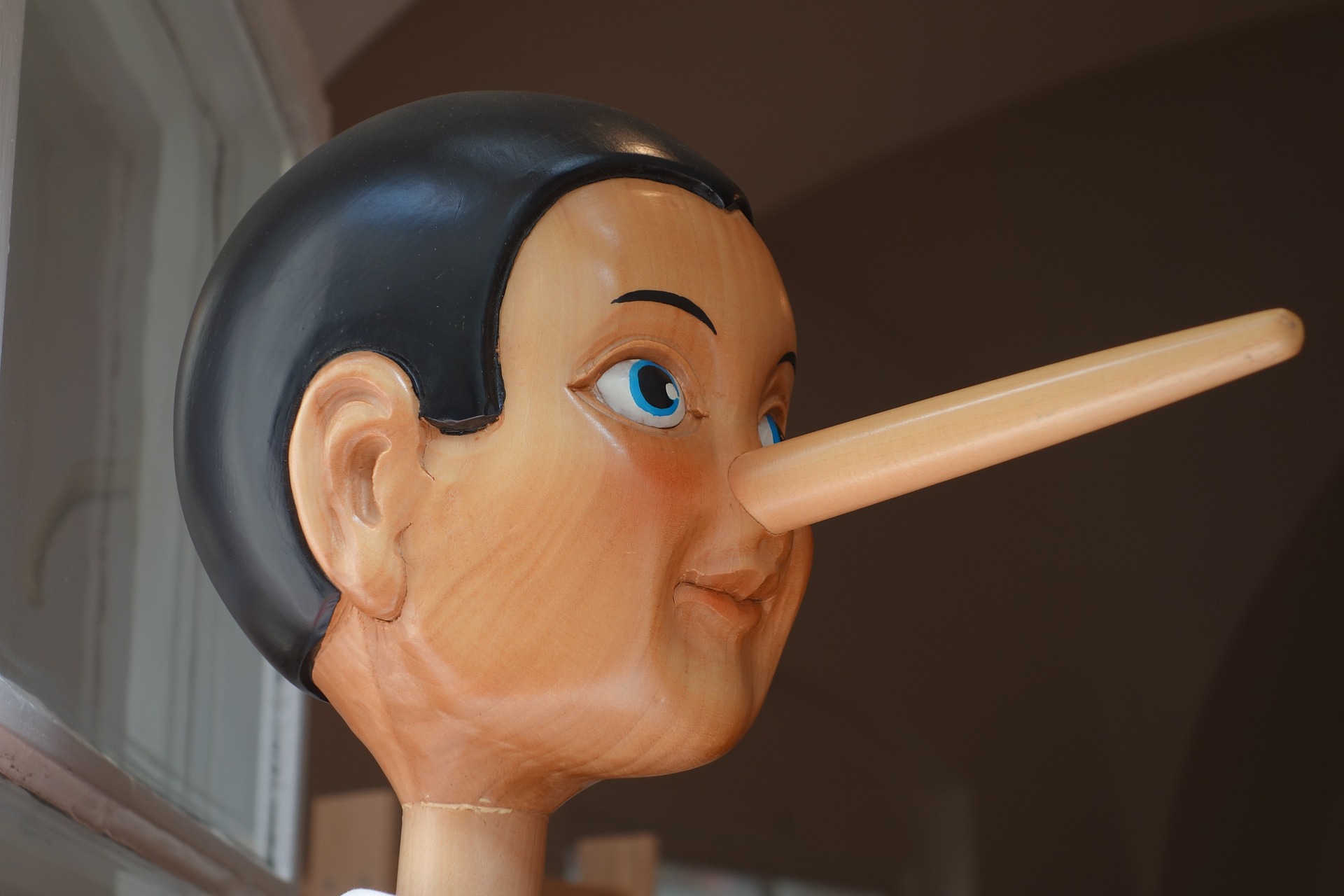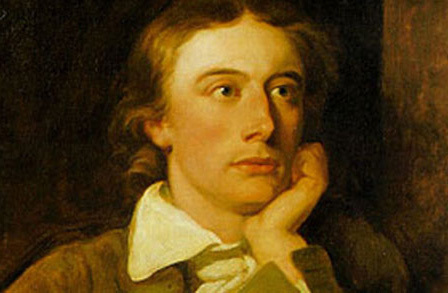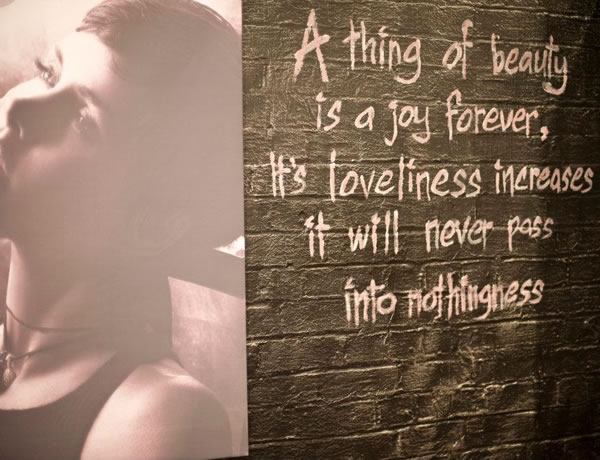John Keats- A lover of beauty and rest, John Keats, the romantic poet, was born as the son of a ostler in London. He was apprenticed to a surgeon after college, but left surgery to embrace poetry. His twenty-six year of life with a very short period of poetic career had witnessed malicious criticism and attacks of consumption. Yet the stillness, pure and simple, of his poetry has stood against time and criticism. In the year 1821, tuberculosis took his life. He was a Hellenic poet who wrote poems of rich detail.
Ode on Melancholy- Ode on Melancholy is a typical example of Keats’s creations. Though it is his shortest and least complex ode, one can easily identify the elements of Keats’ Romantic and Hellenic touch quite vividly in it. There are repeated references to ancient Greek mythological figures and elements like, the river of forgetfulness and queen of the Underworld. There is a firmness and concreteness in the style through which melancholy is spoken about. His key idea of joy which is a thing of beauty is apparently felt throughout. His duel with his own imagination moulds the poem into a completely new form.
Setting of Ode on Indolence-
Keats, a true student of his art appreciated the supremacy and grandeur of poetry. He revived the ancient Greek ode, which used to be written in a serious tone, to something simple and emotionally enriched. “Ode on Melancholy” is the fruit of poet’s imagination, where the setting is as transient as his thoughts. The feeling of melancholy passes through three different settings. At first melancholy is at its peak brooding in death at the banks of “Lethe”, embracing poisons like, “wolf’s bane”, “nightshade”, “yew-berries” and demons like “beetle”, “death-moth” and “downy owl”, exist to take it to the cradle of oblivion. Then it slowly moves to springtime, the season of joy. But there is a dark “April shroud” covering all the beauties, “droop-headed flowers”, “green hill”,“ rainbow of the salt sand-wave ”and“ wealth of globed peonies”. By the time melancholy reaches the “temple of delight” in the third stanza, there is a realisation of a shrine of melancholy dwelling in the corner of this holy abode too.
Poetic Devices of Ode on Indolence-
Alliteration:
Make not your rosary of yew-berries (line 5)
And hides the green hill in an April shroud (line 14)
Then glut thy sorrow on a morning rose (line 15)
salt sand-wave (line 16)
whose hand is ever at his lips (line 22)
Though seen of none save him whose strenuous tongue (line 27)
Paradox:
Aching Pleasure (line 23) – Pleasure, a positive emotion, is equated with ache, a negative emotion.
Personification:
There is repeated personification of Melancholy as someone who dwells in the company of – Beauty, Joy and Pleasure. Each one of them, though having positive connotations, is hitched with a negative comradeship – death, parting and poison.
Beauty (line 21), Joy (line 22 and 28), Poison (line 24) – All the three are given the status of a person.
“Veil’d Melancholy has her sovran shrine” (line 26) – Melancholy is portrayed as a person.
Metaphor:
“Lethe” (line 1) – River of forgetfulness stands for the wish for oblivion and obscurity.
“Rosary of yew-berries” (line 5), “Death-moth” (line 6) and “Downy owl” (line 7) – Death is pictured through all the three.
“April shroud” (line 14) – Rain is depicted here as a misty rain, reeking of gloominess.
Simile:
“But when the melancholy fit shall fall, sudden from heaven like a weeping cloud” (lines 11-12) – Comparison of the melancholy fit to a weeping cloud.
Style:
“No, no! go not to Lethe, neither twist (A)
Wolf’s-bane, tight-rooted, for its poisonous wine; (B)
Nor suffer thy pale forehead to be kiss’d (A)
By nightshade, ruby grape of Proserpine; (B)
Make not your rosary of yew-berries, (C)
Nor let the beetle, nor the death-moth be (D)
Your mournful Psyche, nor the downy owl (E)
A partner in your sorrow’s mysteries; (C)
For shade to shade will come too drowsily, (D)
And drown the wakeful anguish of the soul.” (E)
The second stanza also has the same external rhyme while in the third stanza last six lines stand in for a change to DCEDCE.
Summary of the Ode on Melancholy-
John Keats completed Ode on Melancholy in May 1819 and was published in the year 1820. The poem written in iambic pentameter, speaks of how to respond to melancholy head-on. He begins by saying, to not drink the waters of Lethe, the river that passed through the kingdom of Hades. In the ancient Greek mythology, Lethe was a river whose water took a person to the plane of oblivion on drinking it. So, Keats is advising the reader not to do consumption of any drug that removes you from reality and obscure the senses against melancholy.
Neither deadly poison (such as wolf’s-bane or nightshade) one craves for is the ultimate option nor will depending on the beetle (an ancient Egyptian symbol of death) or the death moth (an insect bearing an image resembling that of a human skull) be expressions of one’s soul, and letting the owl to become a companion to one’s gloom, will not end the tribulation. One’s dependence on these will plunge you into the deep chasm of pain and sufferings.
Instead, when “weeping cloud,”(line 12) overshadows you, Keats asks the readers to glut themselves on the beauty of a rose, of a seaside rainbow, or of a cluster of peonies. Or, if it’s one’s beloved’s anger, to hold her hand gently until the end and “feed deep, deep upon her peerless eyes” (line 20), assuring her about the joy to come-by.
This gives you an insight on pleasure you experience in the beauty of nature or another fellow human will always be accompanied by melancholy. Flowers wilt, green hills become arid, people age and die, and the rainbow fades away. For joy is just a transient phase of human experience – “Ay, in the very temple of Delight / Veil’d Melancholy have her sovran shrine”. (lines 25-26). Trials and tribulation are as much part of joy as much as it is to life. Lamenting over the little sorrows diminishes the value of joy. So Keats asks us to feed our bad mood with the beautiful pleasures around.
Critical Analysis of Ode to Melancholy-
The Hellenistic love for beauty, which found its expression in the fullest development of human perfection, is Keats’ signature style. Though the poem is filled with unromantic elements, the ultimate theme of the unison of joy and melancholy makes the poem far more Romantic than one expects it to be. He pairs the beauty of flowers with droop-headedness and morning rose to glut (line 13 and 15). Keats gives us a clear picture of the idea he intends to impart through personification of emotions that the reader can relate himself to. The pointlessness of running away from misery and meandering in the valley of pleasure won’t let one experience the intense emotion of joy, unless he accepts the truth.
Tone of Ode to Melancholy-
The pessimistic tone (stanza 1) at the beginning gradually paves way for a constructive end (stanza 3). The poem is the outcome of the continuous criticism Keats had to go through from which he tries to free himself. He had moved to Italy during 1820 for a change of climate. The reader can find an intense reflection of poet’s imagination and transience of emotions. There is a shift from darker symbolism to an affirmative imagery by acceptance of anguish, than refutation. There is a paradoxical element (stanza 2) as we reach midway in the poem. As if created in pairs, the examples of pleasure are always accompanied by contradicting element. The desire to stress upon the co-existence of constructive and destructive emotions is strong and vivid throughout the poem.
Central Idea of Ode to Melancholy-
The whole poem revolves around the idea of transience in human experience of emotions. The cycle of joy and melancholy goes through a complete circle, backing each other as they move ahead. Embracing sadness is part of experiencing joy to its peak. It is the secret of a concrete life. The weakness of intense pain is won over by the acceptance of it wholeheartedly. The ode serves to relinquish the pleasure in anguish in a higher plane, for the beauty of joy lies in acceptance rather than the denial.
Conclusion- Through Ode on Melancholy, John Keats opens the door to the inevitable fact of life – that joy and misery are the two sides of a coin. Like the yin-yang pairs, they make a complete circle. To know the real essence of happiness, one has to go through the hardships of melancholy. Even in the “temple of delight”, a corner is dedicated to the shrine of melancholy. The sweetest things like grapes usually have a sour side too. The same is the case with life. Step-by-step the poet take us through this journey wherein melancholy itself goes from utter despair to being an abode of happiness, meeting shrouded pleasures on the way and at the end coming in terms with ‘joy’ in melancholy. He expects no pleasure in life without the touch of pain and suffering and asks the readers too, not to expect anything different.
Some online learning platforms provide certifications, while others are designed to simply grow your skills in your personal and professional life. Including Masterclass and Coursera, here are our recommendations for the best online learning platforms you can sign up for today.
The 7 Best Online Learning Platforms of 2022
- Best Overall: Coursera
- Best for Niche Topics: Udemy
- Best for Creative Fields: Skillshare
- Best for Celebrity Lessons: MasterClass
- Best for STEM: EdX
- Best for Career Building: Udacity
- Best for Data Learning: Pluralsight













